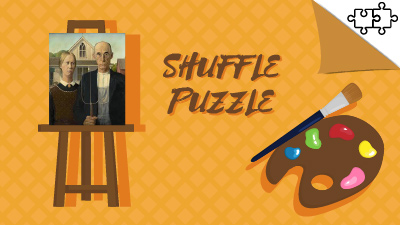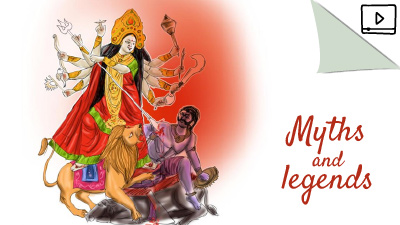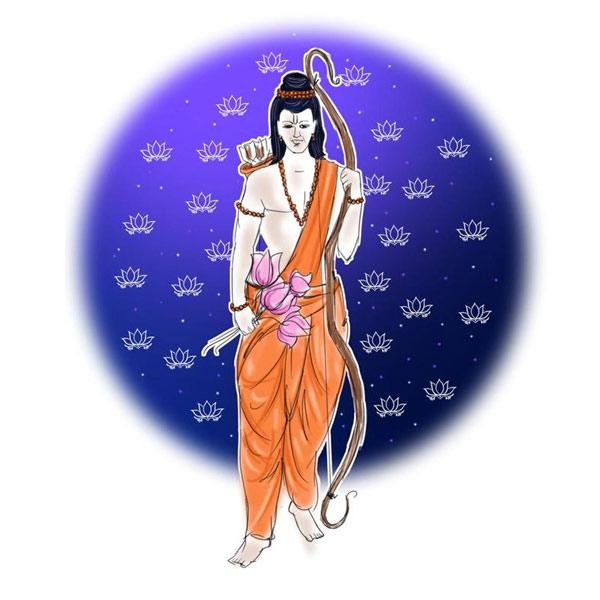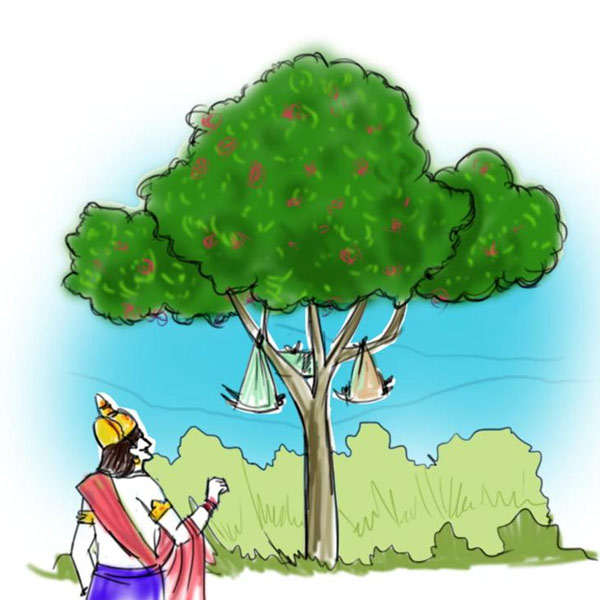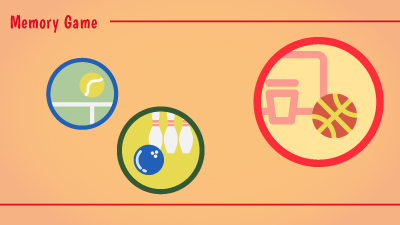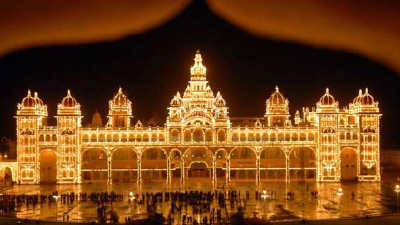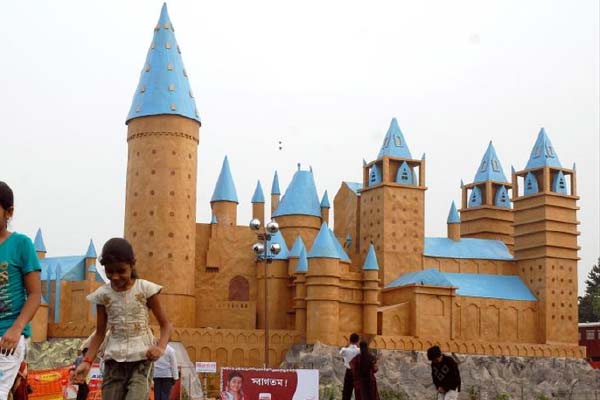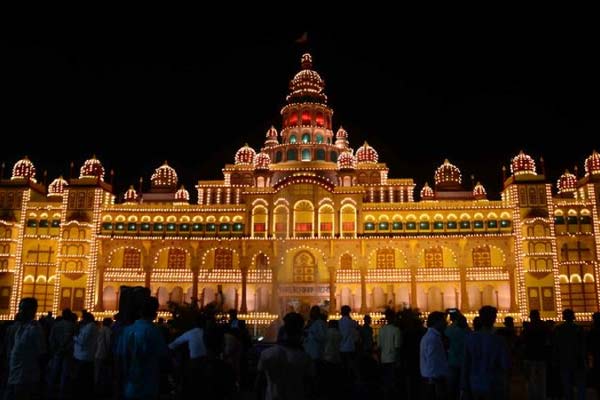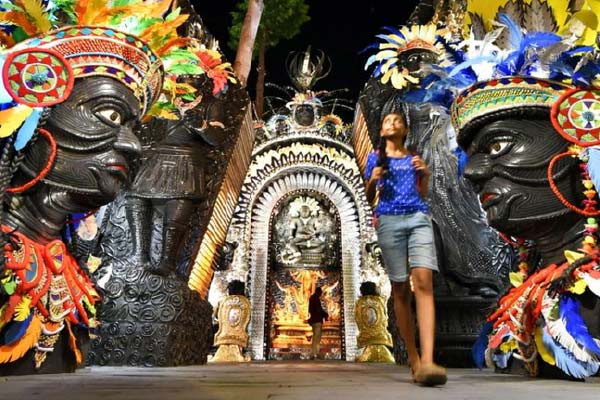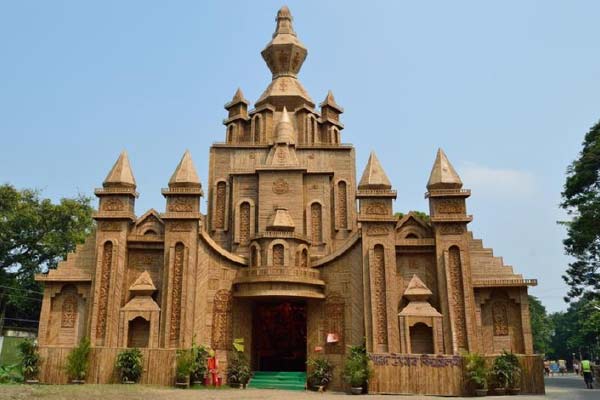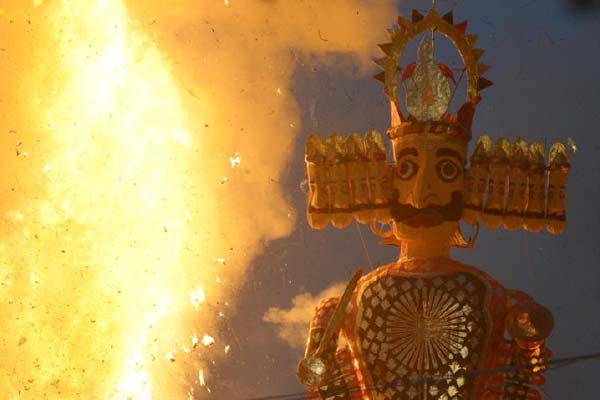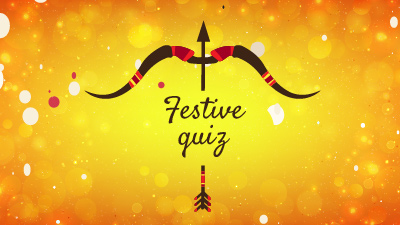When you say “great art” does it mean artwork or only that which looks beautiful or makes you feel good?
Well, great art can be anything that makes you think deeply, challenges you, or makes you ask important questions. One such painting is called American Gothic. It was painted in 1930 by the American artist, Grant Wood.
The painting is scrambled up. Can you unravel it?
The painting shows a man who looks like a farmer. A woman who could be his wife or daughter stands next to him. The farmer holds a pitchfork. In the background is their farmhouse. Both people in the painting are frowning. Some viewers find their expressions disturbing. This painting won a bronze medal from the Chicago Art Institute and has been used in advertisements and memes for years. A meme (pronounced meem) is a humorous picture created by making funny changes to an existing picture and usually used to send a message on the internet.
Not a pretty picture
Why do people call American Gothic great art? This picture made people have different reactions. Farmers and people who lived in the villages of America liked it because they felt the couple in the picture looked like them — hard working, decent people who had a tough life. The artist felt it showed his respect for the people in his home state of Iowa. On the other hand, people who lived in the cities thought the couple looked like a joke and were not smart.
Artists realised the painting had wonderful details — the long window in the house matches the long faces of the people. The lines of the pitchfork match the lines in the roof and the man’s shirt. The pattern in the curtains is similar to the patterns on the woman’s dress.
Grant Wood never really answered questions about what the painting means and the mystery makes the painting even more challenging to viewers. American Gothic is one of America’s most recognised paintings even though it is not just a pretty picture.
